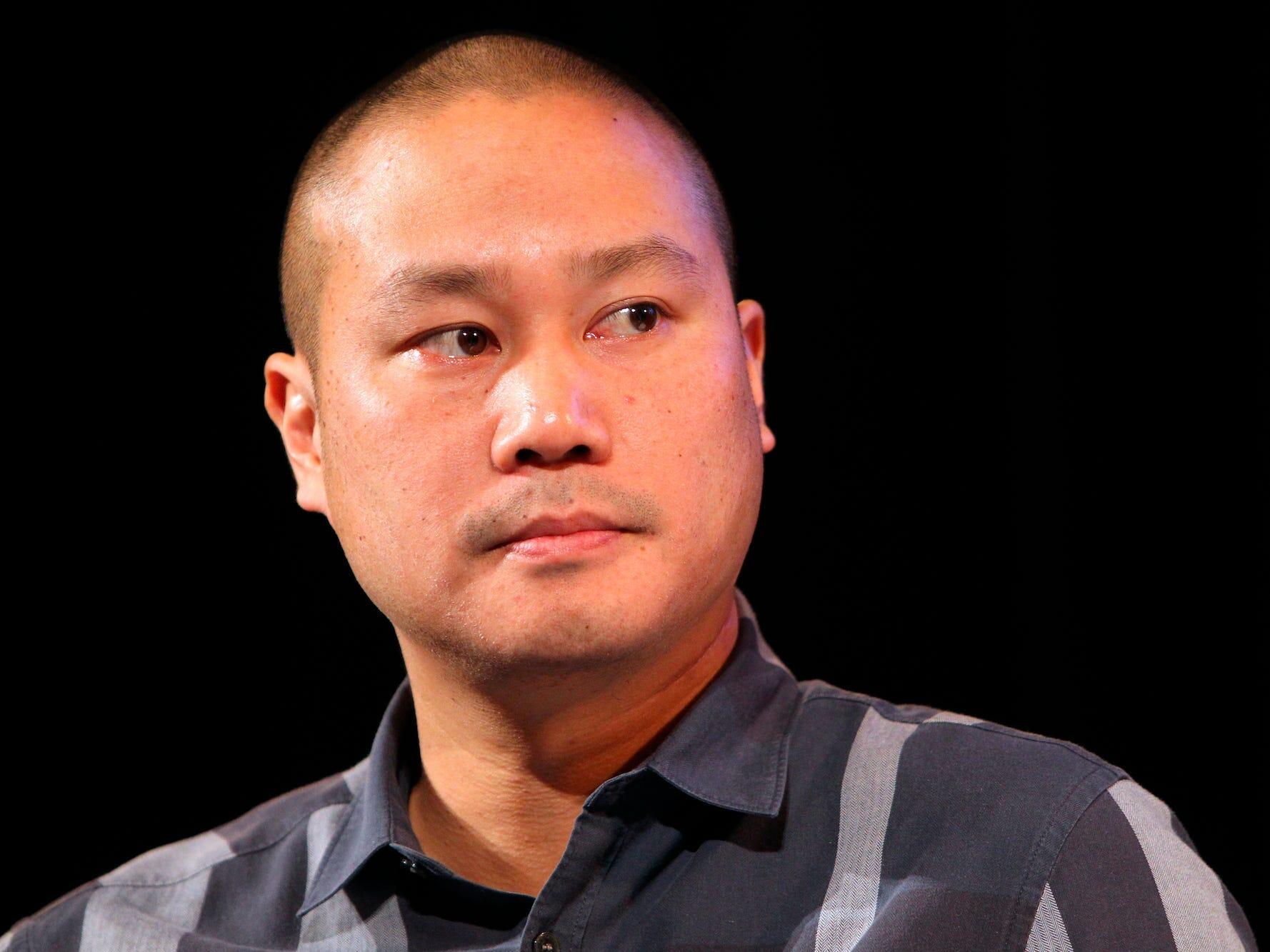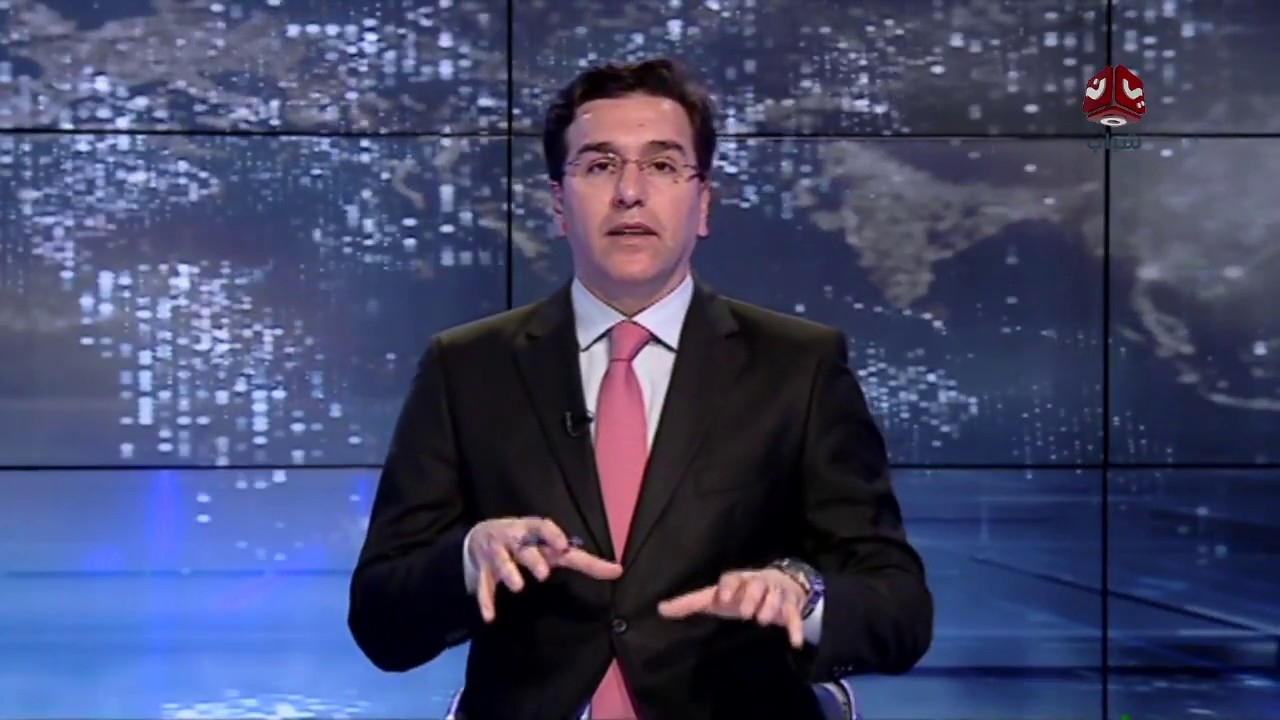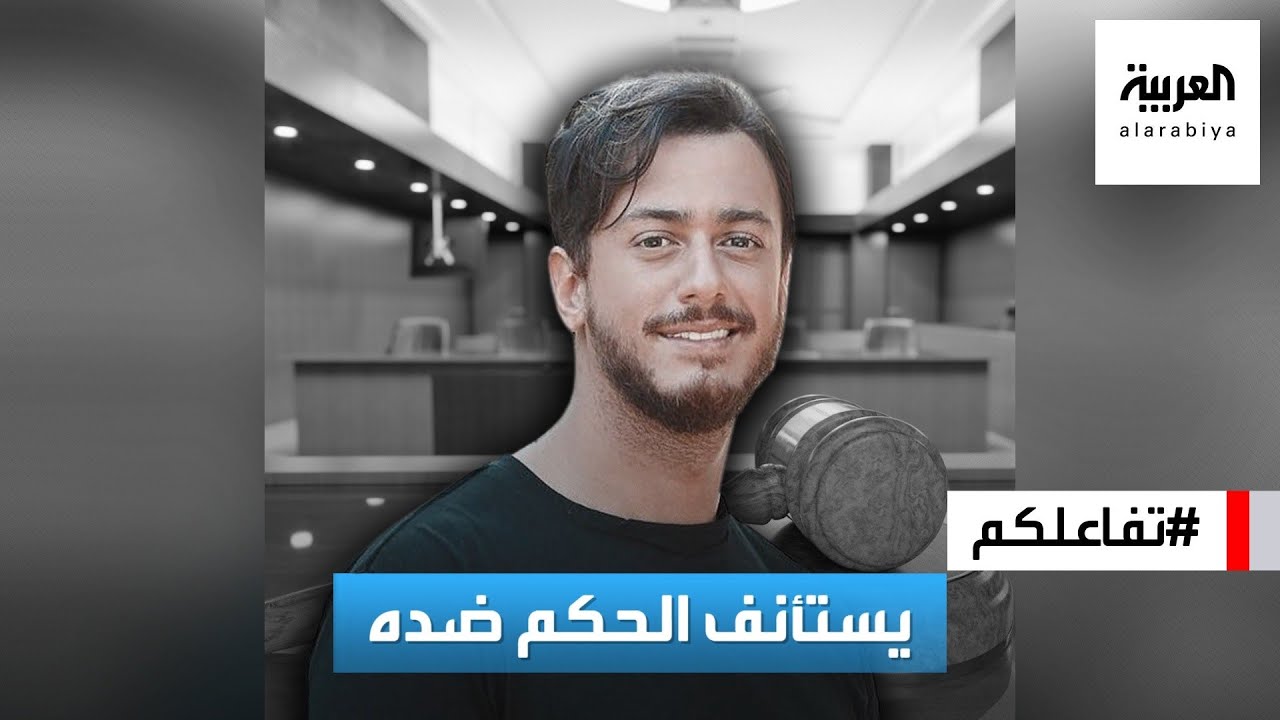Understanding CoolSculpting Risks: Lessons From Linda Evangelista's Case

Table of Contents
Understanding CoolSculpting and its Mechanism
CoolSculpting, also known as cryolipolysis, is a non-invasive fat reduction procedure that uses controlled cooling to target and destroy fat cells. It's marketed as a way to reduce stubborn fat deposits in specific areas of the body, appealing to individuals seeking body contouring without surgery. The procedure works by freezing fat cells to the point of apoptosis (programmed cell death), causing them to be naturally eliminated by the body's lymphatic system over several weeks. This "fat freezing procedure" is often promoted as a convenient and less invasive alternative to liposuction.
- The science: Cryolipolysis utilizes controlled cooling to selectively target fat cells, which are more susceptible to freezing than surrounding tissues.
- Intended benefits: CoolSculpting aims to reduce localized fat deposits, improving body contour and potentially boosting self-confidence.
- Typical patient profile: Ideal candidates are generally within a healthy weight range, have specific areas of stubborn fat, and are seeking non-invasive body contouring options.
Paradoxical Adipose Hyperplasia (PAH): A Rare but Serious Risk
Paradoxical adipose hyperplasia (PAH) is a rare but serious complication associated with cryolipolysis procedures like CoolSculpting. Instead of reducing fat cell volume, PAH causes the treated fat cells to increase in size, resulting in a firm, often painful, enlargement of the treated area. The exact cause of PAH is not fully understood, but it's believed to be related to an unusual response to the cooling process. While PAH is infrequent, its severity makes it a critical CoolSculpting risk to consider.
- Symptoms of PAH: Symptoms include a thickening or hardening of the treated area, often accompanied by pain, swelling, and discomfort.
- Treatment challenges: PAH is notoriously difficult to treat, and options may include liposuction, massage therapy, or other interventions.
- Long-term effects: In some cases, PAH can have long-lasting aesthetic and physical consequences.
Linda Evangelista's Case: A High-Profile Example of CoolSculpting Risks
Linda Evangelista's public account of developing PAH following CoolSculpting procedures brought widespread attention to this serious CoolSculpting risk. Her experience detailed the physical and emotional distress caused by this rare complication, emphasizing the profound impact PAH can have on an individual’s life. Her subsequent legal action against the CoolSculpting manufacturer further highlighted the importance of understanding the potential consequences.
- Timeline of her experience: Ms. Evangelista’s experience involved multiple treatments, followed by the development of PAH and subsequent emotional and physical distress.
- Legal aspects: Her lawsuit drew attention to the need for clearer communication of CoolSculpting risks and potential complications.
- Media attention: Her story significantly raised public awareness of PAH and the importance of informed consent in cosmetic procedures.
Minimizing CoolSculpting Risks: Choosing a Qualified Provider and Managing Expectations
Minimizing CoolSculpting risks begins with selecting a qualified and experienced practitioner. Choosing a board-certified dermatologist or plastic surgeon with extensive experience in cryolipolysis is paramount. A thorough consultation is crucial to assess suitability for the procedure, discuss potential side effects, including PAH, and to ensure realistic expectations are set. Informed consent, fully understanding both the benefits and CoolSculpting risks, is essential before proceeding.
- Questions to ask your provider: Inquire about their experience with CoolSculpting, PAH occurrence rates, treatment protocols for complications, and post-treatment care.
- Pre- and post-treatment care: Following the provider’s instructions meticulously is critical for minimizing potential complications.
- Alternative treatments: Explore other non-invasive fat reduction options, like Emsculpt or Exilis Ultra, and compare their risks and benefits.
Conclusion
CoolSculpting offers a non-invasive approach to fat reduction, but understanding CoolSculpting risks, particularly the rare but serious complication of PAH, is crucial. Linda Evangelista’s case serves as a stark reminder of the potential severity of these complications and the importance of informed decision-making. Thorough research, choosing a qualified CoolSculpting provider, and managing expectations are key to minimizing risks and ensuring a safe and satisfactory outcome. Understand CoolSculpting risks before your treatment – your health and well-being are paramount. Make an informed decision about your body.

Featured Posts
-
 Dangerous Road Conditions In Oklahoma City Multiple Crash Report Watch
Apr 25, 2025
Dangerous Road Conditions In Oklahoma City Multiple Crash Report Watch
Apr 25, 2025 -
 Analyzing The China Market Why Bmw Porsche And Others Struggle
Apr 25, 2025
Analyzing The China Market Why Bmw Porsche And Others Struggle
Apr 25, 2025 -
 Comfortable Win For Bayern Kanes Double Sinks Werder Bremen
Apr 25, 2025
Comfortable Win For Bayern Kanes Double Sinks Werder Bremen
Apr 25, 2025 -
 Netflix Heartthrobs Unexpected Accent Stuns Viewers
Apr 25, 2025
Netflix Heartthrobs Unexpected Accent Stuns Viewers
Apr 25, 2025 -
 Tony Hsiehs Unexpected Will A New Chapter In The Zappos Ceos Estate
Apr 25, 2025
Tony Hsiehs Unexpected Will A New Chapter In The Zappos Ceos Estate
Apr 25, 2025
Latest Posts
-
 Mtabet Qdyt Ryys Shbab Bn Jryr Akhr Alttwrat
Apr 30, 2025
Mtabet Qdyt Ryys Shbab Bn Jryr Akhr Alttwrat
Apr 30, 2025 -
 Qdyt Ryys Shbab Bn Jryr Hythyat Alhkm Wtathyrh Ela Alnady
Apr 30, 2025
Qdyt Ryys Shbab Bn Jryr Hythyat Alhkm Wtathyrh Ela Alnady
Apr 30, 2025 -
 Sjn Ryys Shbab Bn Jryr Tfasyl Alqdyt Kamlt
Apr 30, 2025
Sjn Ryys Shbab Bn Jryr Tfasyl Alqdyt Kamlt
Apr 30, 2025 -
 Alastynaf Ward Ryys Shbab Bn Jryr Bed Sdwr Alhkm Ddh
Apr 30, 2025
Alastynaf Ward Ryys Shbab Bn Jryr Bed Sdwr Alhkm Ddh
Apr 30, 2025 -
 Alqdae Almghrby Yhkm Ela Ryys Shbab Bn Jryr Balsjn
Apr 30, 2025
Alqdae Almghrby Yhkm Ela Ryys Shbab Bn Jryr Balsjn
Apr 30, 2025
